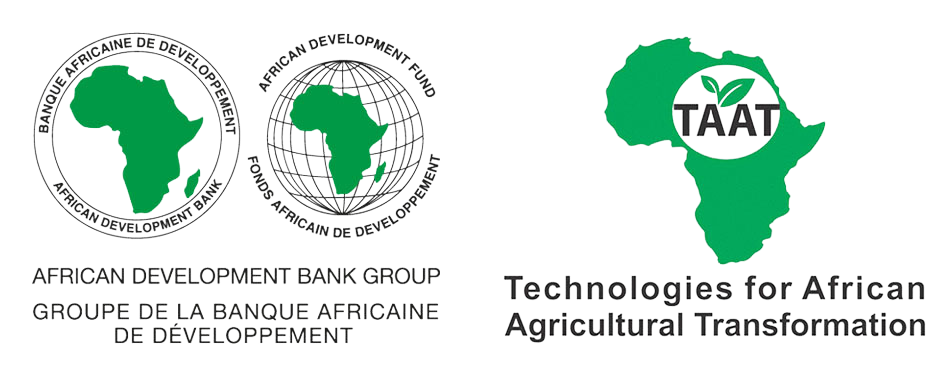

SOP for a productive, high value and market-oriented aquaculture sector.
Standard Operating Procedures (SOPs) are clear, step-by-step instructions that describe how to perform regular tasks in fish farming. These procedures help ensure that activities are done consistently and meet quality standards. SOPs focus on how tasks should be performed rather than just what needs to be done. For fish farming, SOPs cover important areas such as: - Daily Care: Routine husbandry practices that ensure the fish are well cared for. - Water Quality Management: Steps to maintain clean and healthy water for the fish. - Fish Health Management: Procedures to keep fish healthy and prevent disease
This technology is not yet validated.
Adults 18 and over: Positive high
The poor: Positive medium
Women: Positive medium
Climate adaptability: Highly adaptable
Farmer climate change readiness: Significant improvement
The existing hatcheries face a number of constraints mostly low production capacities mainly due to poor management of broodstocks, low survival rates of the produced fries/fingerlings, poor growth rates and others all due to non-existence of standard operating procedures that would facilitate improvement of the mentioned constraints.
Implementing Standard Operating Procedures (SOPs) for tilapia hatcheries promotes food security, sustainable aquaculture practices, and economic growth. By providing structured guidelines, this technology ensures efficient resource use and high-quality production, contributing to improved livelihoods and poverty reduction.
To successfully incorporate the SOPs for tilapia hatcheries into your project, the following activities and requirements should be considered:
Engage a team of trainers to offer initial training and ongoing support to ensure proper implementation of SOPs. Include costs for both training and post-training support.
Develop materials such as flyers, videos, and radio broadcasts to educate farmers and stakeholders about the benefits and implementation of SOPs.
Accompanying solutions to optimize the use of SOPs include the use of Hapa Nets for Mass Fingerling Hatchery Production, which can further enhance production efficiency and quality.
Open source / open access
| Country | Testing ongoing | Tested | Adopted |
|---|---|---|---|
| Egypt | –No ongoing testing | –Not tested | Adopted |
| Rwanda | –No ongoing testing | Tested | Adopted |
This technology can be used in the colored agro-ecological zones. Any zones shown in white are not suitable for this technology.
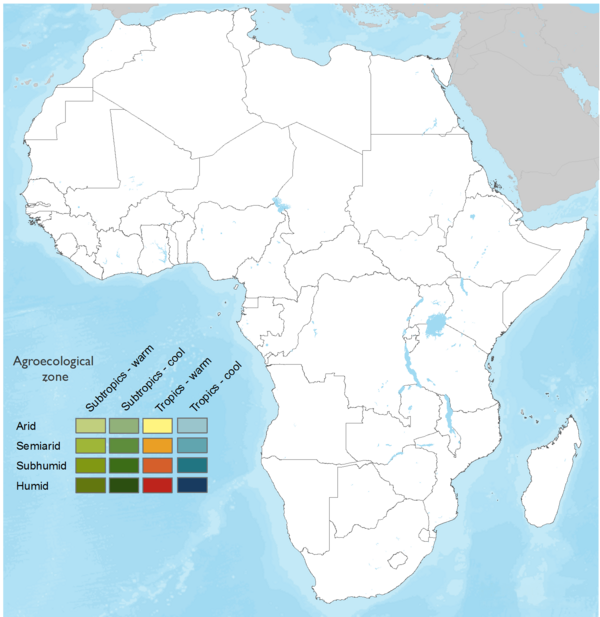


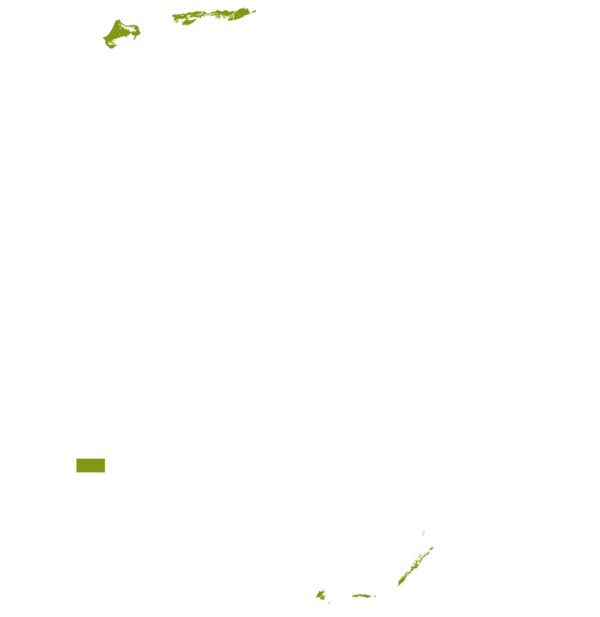
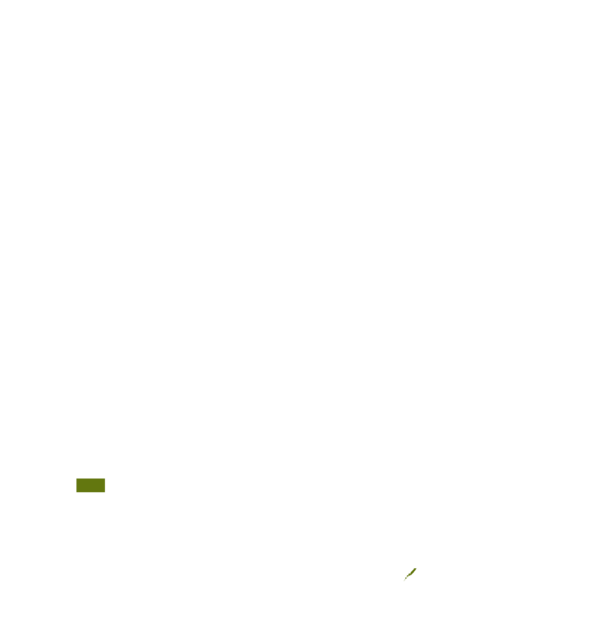

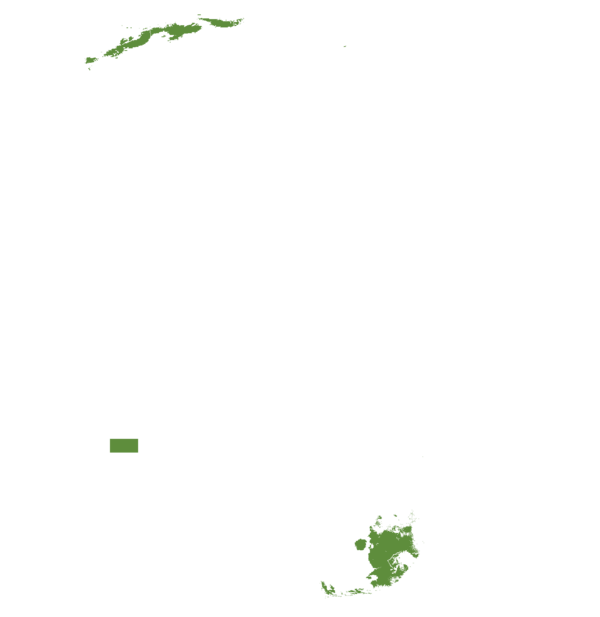
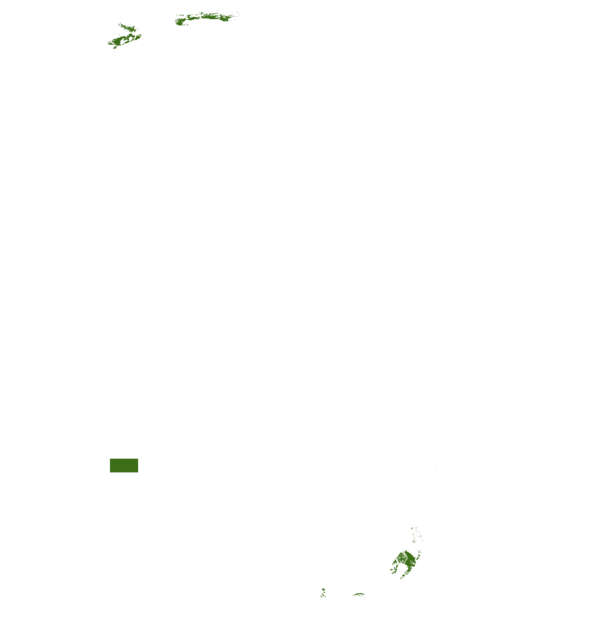


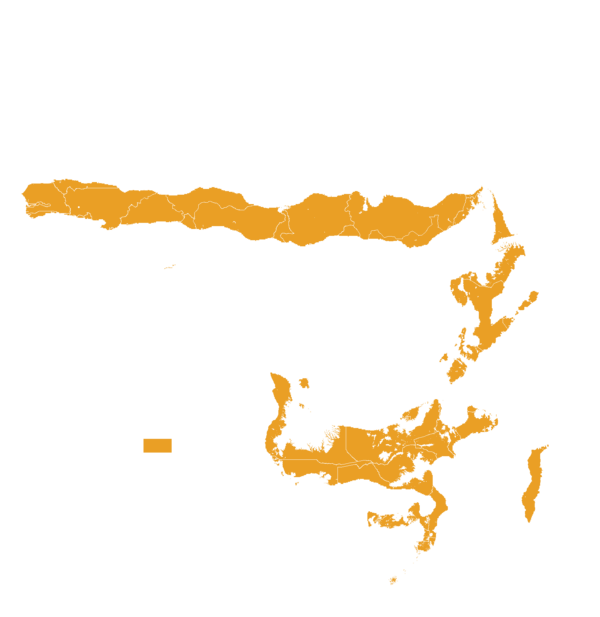
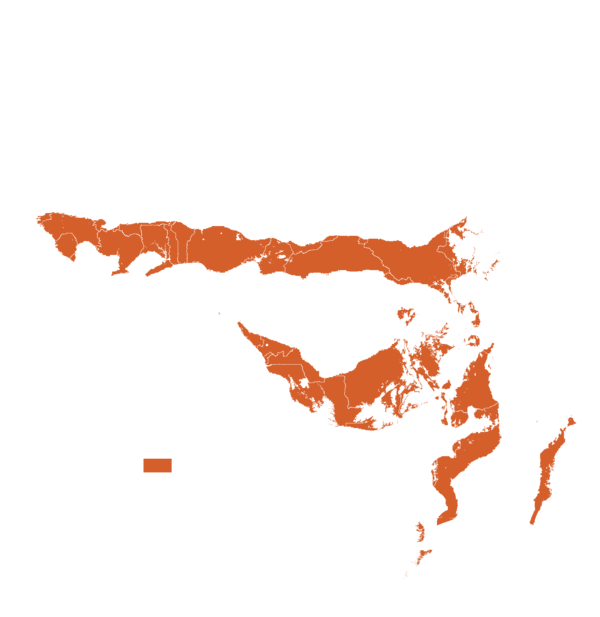

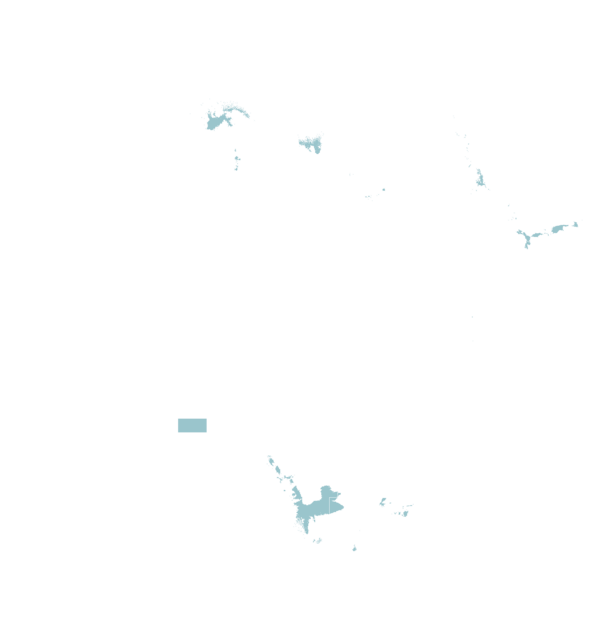

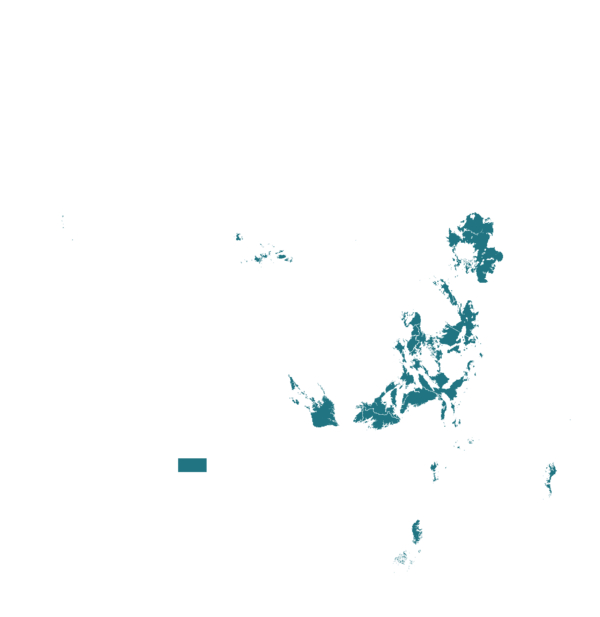
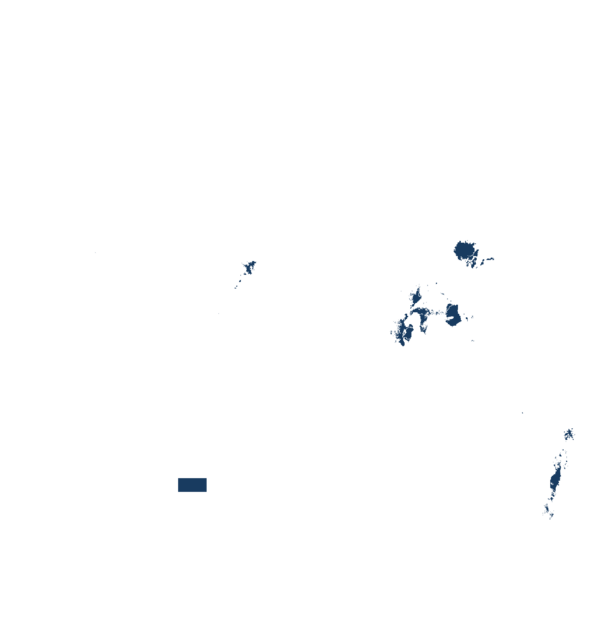
| AEZ | Subtropic - warm | Subtropic - cool | Tropic - warm | Tropic - cool |
|---|---|---|---|---|
| Arid | ||||
| Semiarid | ||||
| Subhumid | ||||
| Humid |
Source: HarvestChoice/IFPRI 2009
The United Nations Sustainable Development Goals that are applicable to this technology.


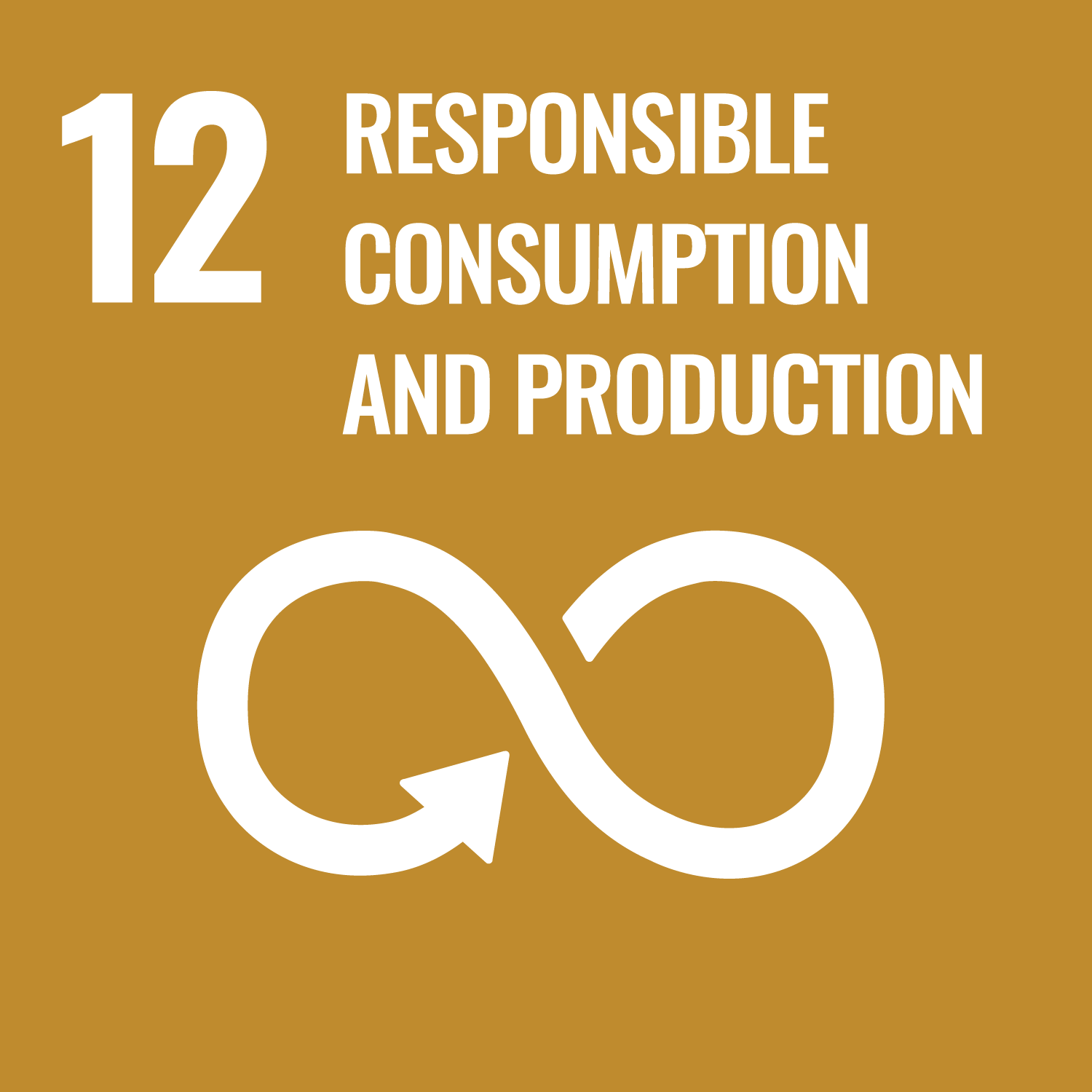
The success of a tilapia hatchery, first and foremost, depends on the proper selection of the site. This is especially true for newly planned hatcheries. When selecting a proper site for a tilapia hatchery, the following factors should be considered.
Hatchery operations would be smooth if accessibility and availability of logistics and manpower are planned carefully at the beginning. The following are suggestions of key factors that must be considered.
Last updated on 28 May 2025